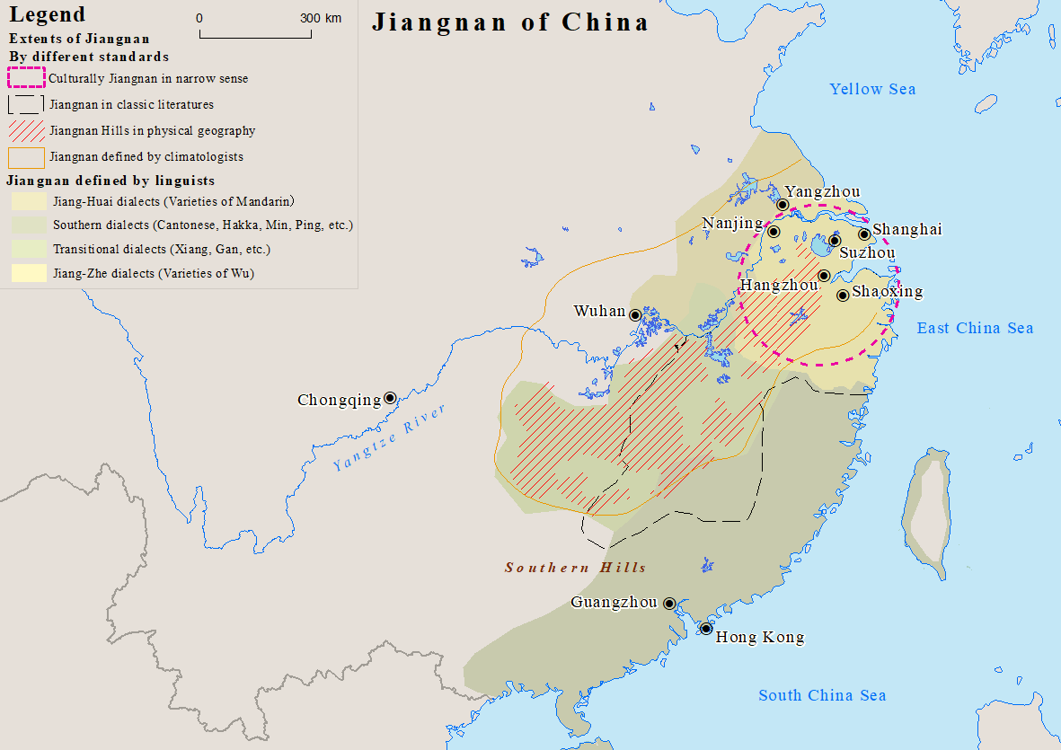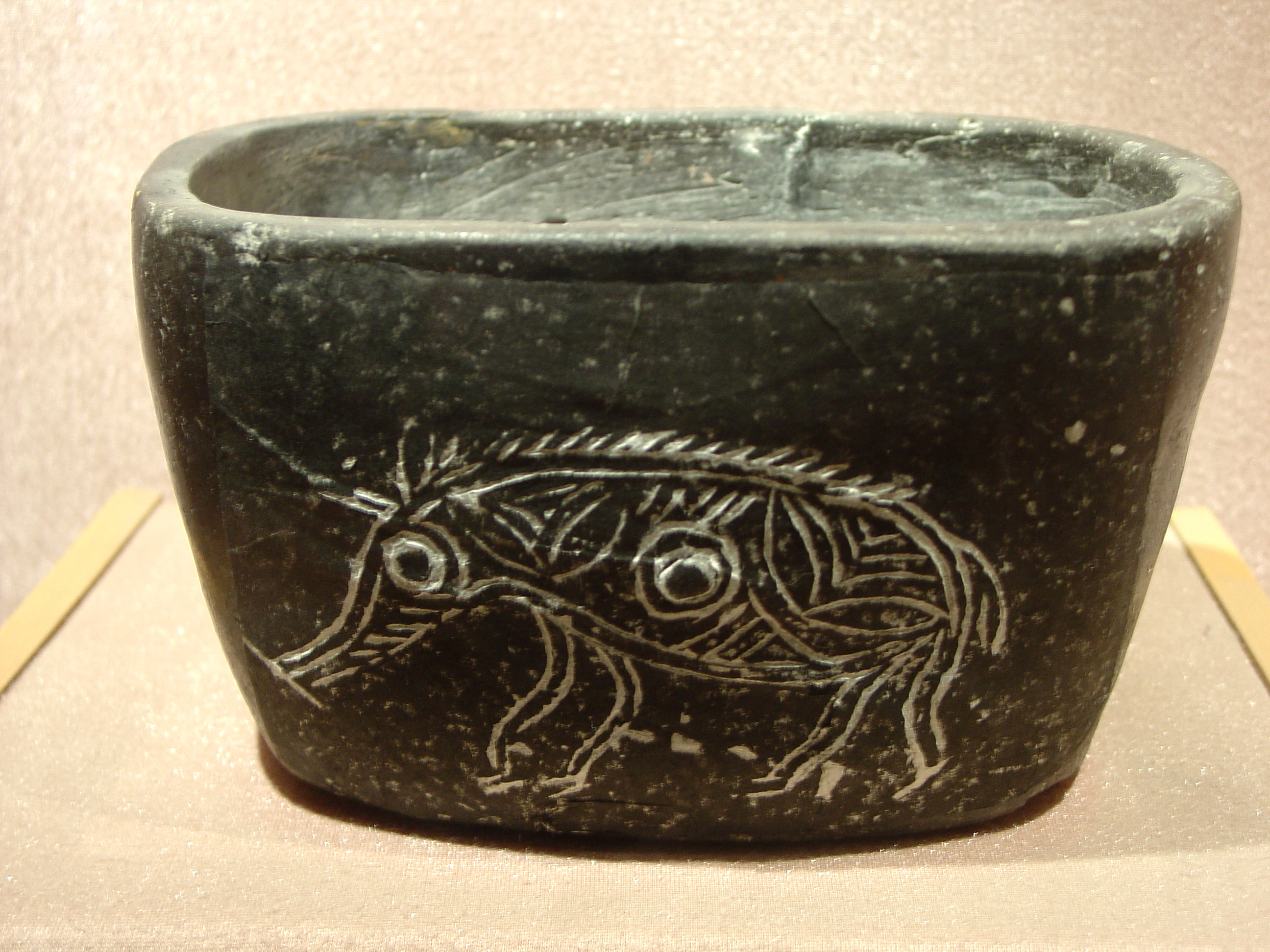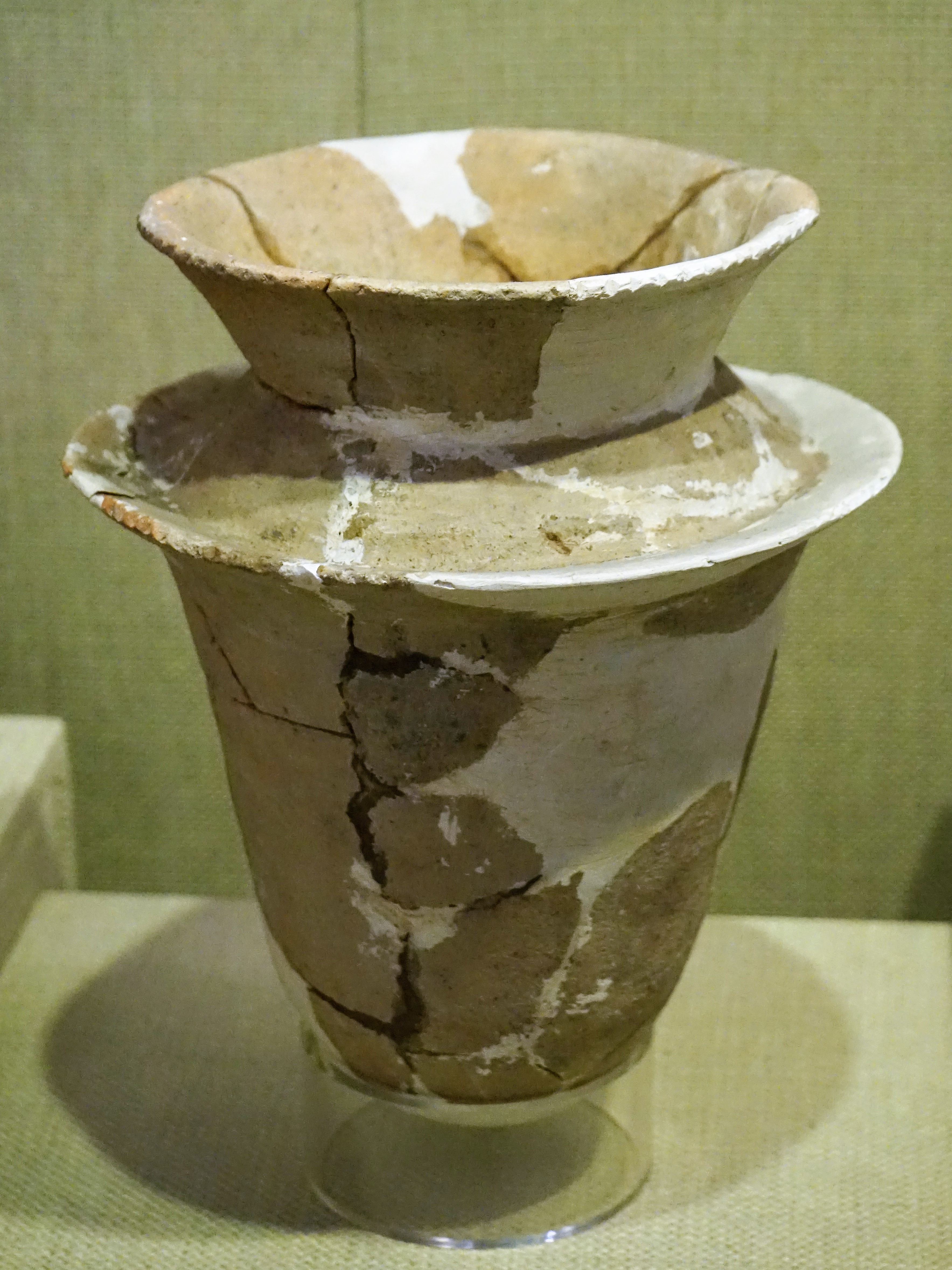|
Jiangnan Region
Jiangnan or Jiang Nan (; formerly romanized Kiang-nan, literally "South of the River" meaning "South of the Yangtze") is a geographic area in China referring to lands immediately to the south of the lower reaches of the Yangtze River, including the southern part of its delta. The region encompasses the city of Shanghai, the southern part of Jiangsu Province, the southeastern part of Anhui Province, the northern part of Jiangxi Province and the northern part of Zhejiang Province. The most important cities in the area include Anqing, Changzhou, Hangzhou, Nanjing, Ningbo, Shaoxing, Suzhou, Wuxi, Wenzhou, and Zhenjiang. Jiangnan has long been regarded as one of the most prosperous regions in China due to its wealth in trade and very high human development. Most people of the region speak Wu Chinese dialects as their native languages. Etymology The word Jiangnan is based on the Chinese name for the Yangtze, ''Cháng Jiāng'', and ''nán'' meaning "south." In the 19th century ... [...More Info...] [...Related Items...] OR: [Wikipedia] [Google] [Baidu] |
Xi Shi Bridge In Town Of Mudu
Xi may refer to: Arts and entertainment * ''Xi'' (alternate reality game), a console-based game * Xi, Japanese name for the video game '' Devil Dice'' Language * Xi (letter), a Greek letter * Xi, a Latin digraph used in British English to write the sound People * Xi (surname), any of several Chinese surnames **Xi Jinping, current paramount leader of China Places * Xi (state), an ancient Chinese state during the Shang and Zhou Dynasties * Xi County, Henan, China * Xi County, Shanxi, China * Xi River, western tributary of the Pearl River in southern China Other uses * Xi (business), a Chinese form of business organization * Xi baryon, a range of baryons with one up or down quark and two heavier quarks * Xi, a brand name for the 4G LTE mobile telecommunications service operated by NTT DoCoMo in Japan * Xi (apartment), a brand name for some apartments constructed by GS Construction in Korea. See also * XI (other) * 11 (other) * Kumo Xi, an ancient Mong ... [...More Info...] [...Related Items...] OR: [Wikipedia] [Google] [Baidu] |
Suzhou
Suzhou (; ; Suzhounese: ''sou¹ tseu¹'' , Mandarin: ), alternately romanized as Soochow, is a major city in southern Jiangsu province, East China. Suzhou is the largest city in Jiangsu, and a major economic center and focal point of trade and commerce. Administratively, Suzhou is a prefecture-level city with a population of 6,715,559 in the city proper, and a total resident population of 12,748,262 as of the 2020 census in its administrative area. The city jurisdiction area's north waterfront is on a lower reach of the Yangtze whereas it has its more focal south-western waterfront on Lake Tai – crossed by several waterways, its district belongs to the Yangtze River Delta region. Suzhou is now part of the Greater Shanghai metro area, incorporating most of Changzhou, Wuxi and Suzhou urban districts plus Kunshan and Taicang, with a population of more than 38,000,000 residents as of 2020. Its urban population grew at an unprecedented rate of 6.5% between 2000 and 2014, ... [...More Info...] [...Related Items...] OR: [Wikipedia] [Google] [Baidu] |
Baiyue
The Baiyue (, ), Hundred Yue, or simply Yue (; ), were various ethnic groups who inhabited the regions of East China, South China and Northern Vietnam during the 1st millennium BC and 1st millennium AD. They were known for their short hair, body tattoos, fine swords, and naval prowess. During the Warring States period, the word "Yue" referred to the State of Yue in Zhejiang. The later kingdoms of Minyue in Fujian and Nanyue in Guangdong were both considered Yue states. Meacham (1996:93) notes that, during the Zhou and Han dynasties, the Yue lived in a vast territory from Jiangsu to Yunnan, while Barlow (1997:2) indicates that the Luoyue occupied the southwest Guangxi and northern Vietnam. The ''Book of Han'' describes the various Yue tribes and peoples can be found from the regions of Kuaiji to Jiaozhi. The Yue tribes were gradually displaced or assimilated into Chinese culture as the Han empire expanded into what is now Southern China and Northern Vietnam. Many mo ... [...More Info...] [...Related Items...] OR: [Wikipedia] [Google] [Baidu] |
Wu (state)
Wu (; Old Chinese: ''*'') was one of the states during the Western Zhou dynasty and the Spring and Autumn period. It was also known as Gouwu ( /''*''/) or Gongwu ( /''*''/) from the pronunciation of the local language. Wu was located at the mouth of the Yangtze River east of the State of Chu. Its first capital was at Meili (probably in modern Wuxi) and was later moved to Gusu (姑蘇, modern Suzhou) and then Helu City (the old town of present-day Suzhou). History A founding myth of Wu, first recorded by Sima Qian in the Han dynasty, traced its royal lineage to Taibo, a relative of King Wen of Zhou. According to the ''Records of the Grand Historian'', Taibo was the oldest son of Gugong Danfu and the elder uncle of King Wen who started the Zhou Dynasty. Gugong Danfu had three sons named Taibo, Zhongyong, and Jili. Taibo was the oldest of three brothers, Jili being the youngest. Realizing that his youngest brother, Jili, was favored by his father to inherit the throne o ... [...More Info...] [...Related Items...] OR: [Wikipedia] [Google] [Baidu] |
Zhou Dynasty
The Zhou dynasty ( ; Old Chinese ( B&S): *''tiw'') was a royal dynasty of China that followed the Shang dynasty. Having lasted 789 years, the Zhou dynasty was the longest dynastic regime in Chinese history. The military control of China by the royal house, surnamed Ji, lasted initially from 1046 until 771 BC for a period known as the Western Zhou, and the political sphere of influence it created continued well into the Eastern Zhou period for another 500 years. The establishment date of 1046 BC is supported by the Xia–Shang–Zhou Chronology Project and David Pankenier, but David Nivison and Edward L. Shaughnessy date the establishment to 1045 BC. During the Zhou dynasty, centralized power decreased throughout the Spring and Autumn period until the Warring States period in the last two centuries of the dynasty. In the latter period, the Zhou court had little control over its constituent states that were at war with each other until the Qin state consolidated power ... [...More Info...] [...Related Items...] OR: [Wikipedia] [Google] [Baidu] |
Chinese Jade
Chinese jade refers to the jade mined or carved in China from the Neolithic onward. It is the primary hardstone of Chinese sculpture. Although deep and bright green jadeite is better known in Europe, for most of China's history, jade has come in a variety of colors and white "mutton-fat" nephrite was the most highly praised and prized. Native sources in Henan and along the Yangtze were exploited since prehistoric times and have largely been exhausted; most Chinese jade today is extracted from the northwestern province of Xinjiang. Jade was prized for its hardness, durability, magical qualities, and beauty. In particular, its subtle, translucent colors and protective qualitiesFiero, Gloria K. ''The Humanistic Tradition'' 6th Ed, Vol. I. McGraw-Hill, 2010. caused it to become associated with Chinese conceptions of the soul and immortality. With gold, it was considered to be a symbol of heaven. The most prominent early use was the crafting of the Six Ritual Jades, found since t ... [...More Info...] [...Related Items...] OR: [Wikipedia] [Google] [Baidu] |
Liangzhu Culture
The Liangzhu culture (; 3300–2300 BC) was the last Neolithic jade culture in the Yangtze River Delta of China. The culture was highly stratified, as jade, silk, ivory and lacquer artifacts were found exclusively in elite burials, while pottery was more commonly found in the burial plots of poorer individuals. This division of class indicates that the Liangzhu period was an early state, symbolized by the clear distinction drawn between social classes in funeral structures. A pan-regional urban center had emerged at the Liangzhu city-site and elite groups from this site presided over the local centers. The Liangzhu culture was extremely influential and its sphere of influence reached as far north as Shanxi and as far south as Guangdong. The primary Liangzhu site was perhaps among the oldest Neolithic sites in East Asia that would be considered a state society. The type site at Liangzhu was discovered in Yuhang County, Zhejiang and initially excavated by Shi Xingeng in 1936. ... [...More Info...] [...Related Items...] OR: [Wikipedia] [Google] [Baidu] |
Hemudu Culture
The Hemudu culture (5500 BC to 3300 BC) was a Neolithic culture that flourished just south of the Hangzhou Bay in Jiangnan in modern Yuyao, Zhejiang, China. The culture may be divided into early and late phases, before and after 4000 BC respectively. The site at Hemudu, 22 km northwest of Ningbo, was discovered in 1973. Hemudu sites were also discovered at Tianluoshan in Yuyao city, and on the islands of Zhoushan. Hemudu are said to have differed physically from inhabitants of the Yellow River sites to the north. Some authors propose that the Hemudu Culture was a source of the pre-Austronesian cultures. Material culture Some scholars assert that the Hemudu culture co-existed with the Majiabang culture as two separate and distinct cultures, with cultural transmissions between the two. Other scholars group Hemudu in with Majiabang subtraditions. Two major floods caused the nearby Yaojiang River to change its course and inundated the soil with salt, forcing the people o ... [...More Info...] [...Related Items...] OR: [Wikipedia] [Google] [Baidu] |
Majiabang Culture
The Majiabang culture, also named Ma-chia-pang culture, was a Chinese Neolithic culture that existed at the mouth of the Yangtze River, primarily around Lake Tai near Shanghai and north of Hangzhou Bay. The culture spread throughout southern Jiangsu and northern Zhejiang from around 5000 BC to 3300 BC. The later part of the period is now considered a separate cultural phase, referred to as the Songze culture. After that, It was followed by the Liangzhu culture, and co-existed with the Hemudu culture. Based on the discoveries of the archaeological findings, archaeologists had raised the statement that Majiabang culture is the origin of the early fishing, hunting and gathering economy in China, and its agriculture was developed, especially for the farming of rice, people living in this period used this as an economic method of production. Majiabang people cultivated rice. At Caoxieshan and Chuodun, sites of the Majiabang culture, archaeologists excavated paddy fields, indicating ... [...More Info...] [...Related Items...] OR: [Wikipedia] [Google] [Baidu] |
Village In Jiang Nan
A village is a clustered human settlement or community, larger than a hamlet but smaller than a town (although the word is often used to describe both hamlets and smaller towns), with a population typically ranging from a few hundred to a few thousand. Though villages are often located in rural areas, the term urban village is also applied to certain urban neighborhoods. Villages are normally permanent, with fixed dwellings; however, transient villages can occur. Further, the dwellings of a village are fairly close to one another, not scattered broadly over the landscape, as a dispersed settlement. In the past, villages were a usual form of community for societies that practice subsistence agriculture, and also for some non-agricultural societies. In Great Britain, a hamlet earned the right to be called a village when it built a church. [...More Info...] [...Related Items...] OR: [Wikipedia] [Google] [Baidu] |
Wu Chinese
The Wu languages (; Wu romanization and IPA: ''wu6 gniu6'' [] ( Shanghainese), ''ng2 gniu6'' [] (Suzhounese), Mandarin pinyin and IPA: ''Wúyǔ'' []) is a major group of Sinitic languages spoken primarily in Shanghai, Zhejiang, Zhejiang Province, and the part of Jiangsu, Jiangsu Province south of the Yangtze River, which makes up the cultural region of Wu. The Suzhou dialect was the prestige dialect of Wu as of the 19th century, and formed the basis of Wu's koiné dialect, Shanghainese, at the turn of the 20th century. Speakers of various Wu languages sometimes inaccurately labelled their mother tongue as "Shanghainese" when introduced to foreigners. The languages of Northern Wu are mutually intelligible with each other, while those of Southern Wu are not. Historical linguists view Wu of great significance because it distinguished itself from other varieties of Chinese by preserving the voiced initials of the ancient Middle Chinese and by preserving the checked ... [...More Info...] [...Related Items...] OR: [Wikipedia] [Google] [Baidu] |
List Of Administrative Divisions Of Greater China By Human Development Index
This is a list of the first-level administrative divisions of the People's Republic of China (PRC), including all provinces, autonomous regions, municipalities, and special administrative regions in order of their Human Development Index (HDI), along with the Republic of China (ROC, Taiwan). The 2018/2019 figures for PRC/ROC division come from the Subnational Human Development Index (SHDI), published by the Global Data Lab at Radboud University. The index did not cover Macau, a special administrative region of the PRC. Only divisions of Mainland China are given ranking numbers in the list as the national HDI for China which calculated by the annual UNDP Human Development Report is exclusively applied to mainland only. List of administrative divisions by HDI The Subnational Human Development Database (2019 data) Notes: Trend File:中國一級行政區人類發展指數一覽(2014年數據).png, 2014 data File:2010 China HDI.png, 2010 data File:2008nian Zho ... [...More Info...] [...Related Items...] OR: [Wikipedia] [Google] [Baidu] |








